Introduction
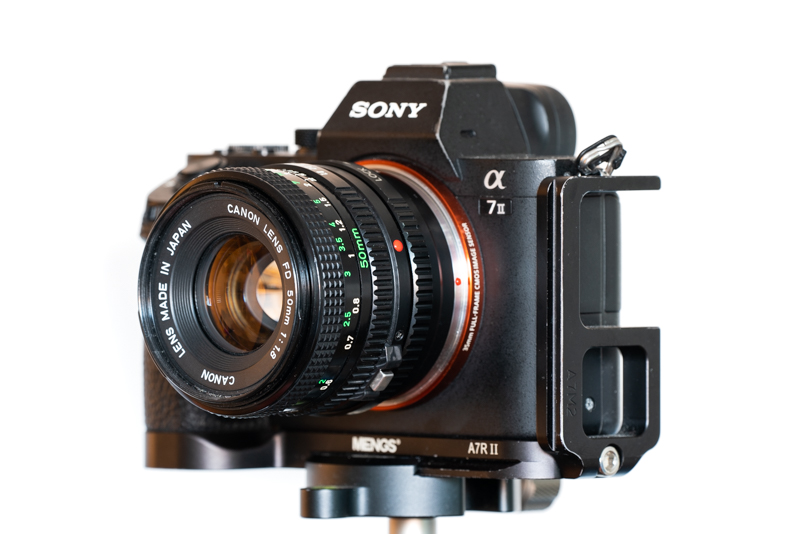
The Canon newFD 50mm f/1.8 is one of the cheapest manual lenses one can find nowadays. Does this small lens give you the best bang for your buck?
Sample images



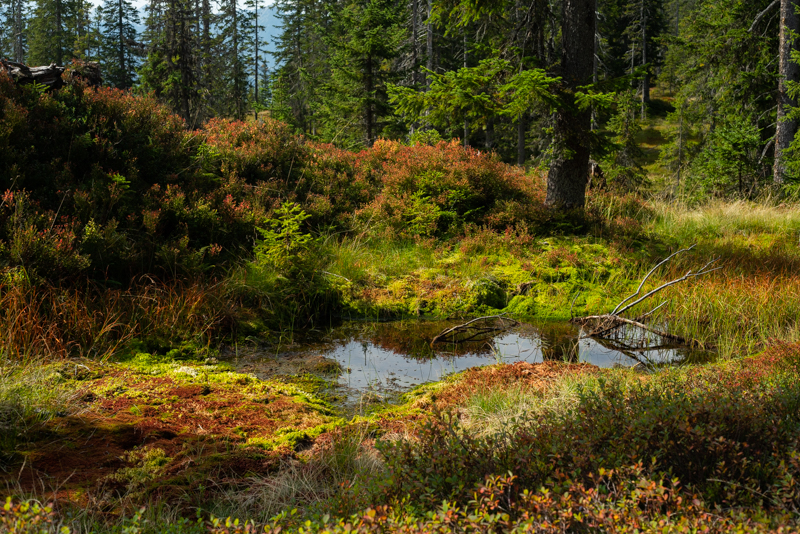

The Canon newFD 50mm f/1.8 is one of the cheapest manual lenses one can find nowadays. Does this small lens give you the best bang for your buck?




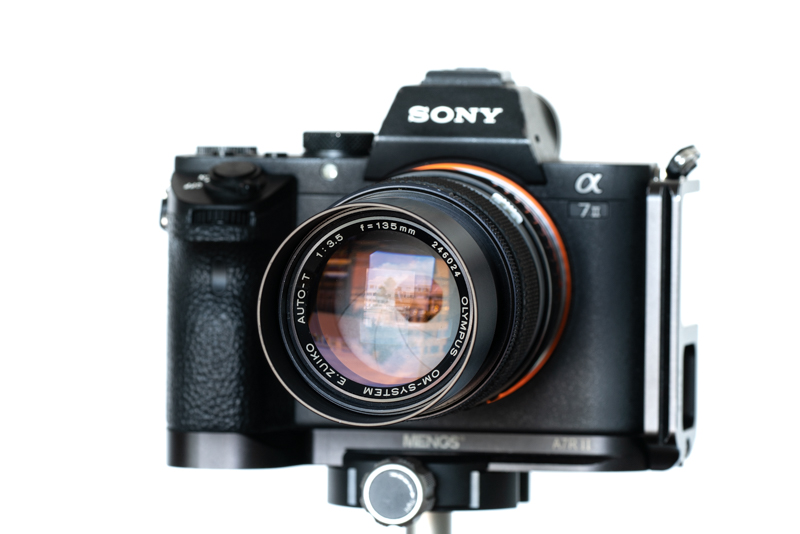
The Olympus E. Zuiko 135mm f/3.5 is a very small but rather slow tele lens which can be found quite cheap nowadays. Is it still good value for money in these days when used on high megapixel cameras?



The Sony GM 100-400 f/4.5-5.6 is said to be Sony’s best ultratelephoto zoom. In this review I will show you how it performs combined with the Sony a7RIII.





This isn’t a full review: if you want to check out the SNR then Bill Claff’s site Photonstophotos is where you want to go, and for technical analysis of many features of the rIV the Jim Kasson’s series is by far the best resource. Both of these sites are much to be preferred to any of the camera review sites if you have a modicum of technical knowledge.
This article, though, is more of a personal discussion of how much the differences between the A7r4 and A7rIII matter to me: and a spoiler is that while there are lots of technical differences which you can read about in the sites I mentioned, they aren’t the most important ones.
So as you can tell already, I made the plunge. Was it a good idea? that’s what this article may help you decide!
If you end up finding this useful and decide to buy one, using one of the links below will cost you nothing, and will make a small contribution to the cost of this site. None of us does this for a living, we don’t run advertising, and the small commissions just help make it possible to keep the site going.
You can buy it from B&H here
You can buy it from Amazon here
You can buy it from eBay here
The biggest two benefits for me are the upgraded viewfinder, and the ability to make the AF/MF indicator red.
The upgraded viewfinder is great. It’s now about 5mp, and is noticeably crisper than the A7rIII. I find myself rarely or never using focus peaking, and often magnifying a little less in manual focus. This is really nice: it’s much less distracting not having focus peaking. Make sure you have the viewfinder refresh rate set on standard: the resolution drops at the high setting (the high setting is useful though – for example you might use it in a memory setting which uses high burst rates to follow action with autofocus. In this situation refresh rate would be more important than resolution).
The second improvement is the new, red colour available for the AF/MF target. This is wonderful! As someone who uses manual lenses maybe 2/3 of the time, my practice has been to move the focus target over what I want to focus on, then use a press of the joystick to magnify (setting initial mag to 5.9x eliminates an extra press you might otherwise need). But so often I would lose the target – it would be quite invisible. So I would have to reset it to the centre, and move it again, in the process losing the shot I wanted. The red target is really easy to see and I would personally pay big money for it. I’d also resent it big time as well, though, because it’s the kind of thing that could easily be made available on the rIII by firmware.
I think the enhanced sealing is also a big benefit. I have hated the way that I have babied the previous bodies in drizzle. Reports on the sealing of the rIV really do seem to indicate improvement – not just on the achilles heel of the riii which was the baseplate (never set an r3 down on a damp surface). The larger buttons which some people love for their ergonomics also are easier to make seals for apparently.
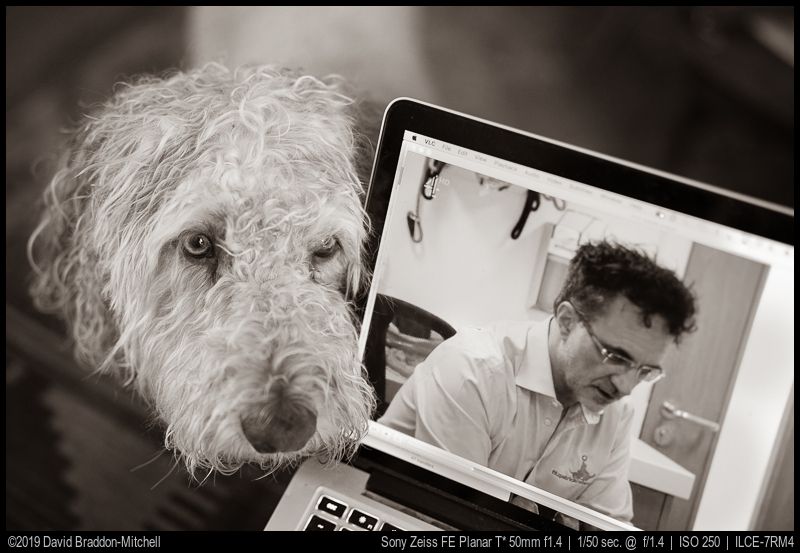
Okay, everybody is talking about how manual lenses work so well on the Sony a7 series but how does it actually work? And which results can you expect? Read on if you want to know.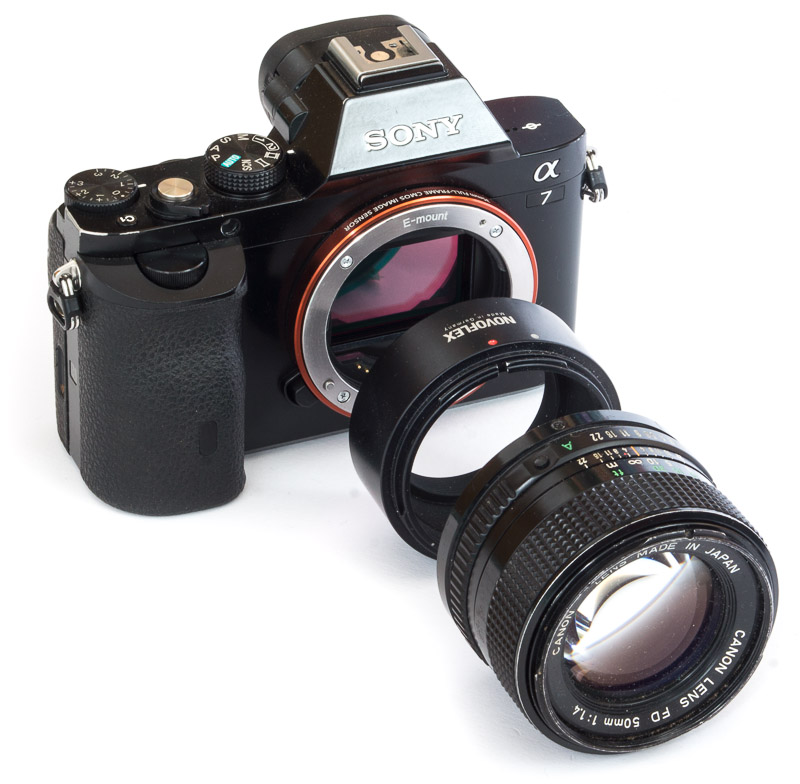




Continue reading Beginner’s Guide to Manual Lenses on the Sony a7